The climate crisis has led many of us to consider how to reduce our impact on the environment and lead greener lives. The construction industry is no exception and it’s vital future developments come forward in sustainable locations.
In Essex, nine local authorities have declared a climate emergency, with eight setting a target of achieving net zero carbon by 2030.
Over 100,000 homes are in the development pipeline across the county, with several major strategic infrastructure projects planned, including some supported by the Housing Infrastructure Fund (HIF).
HIF-backed transport improvements across Chelmsford, Colchester and Western Essex are unlocking new homes. However, many of these are road-based with just one new station planned at Beaulieu Park.
With road transport currently accounting for almost half of the county’s carbon footprint, the focus on the road network has led to concerns that these plans are not yet aligned with local authorities’ wider objectives and development strategies – potentially slowing housing delivery, increasing reliance on cars and impacting on sustainability.
This was seen recently when Uttlesford District Council was forced to withdraw its plans for a new garden community, while the three North Essex authorities of Braintree, Colchester and Tendring had to rewrite their proposals to include only one of the three original garden communities they had in the pipeline. All were rejected, in part due to transport concerns.
Sustainable development can be achieved by building close to key amenities to reduce reliance on cars, either by developing near existing urban centres or incorporating those amenities into new schemes. New developments will also need to incorporate sufficient walking and cycling routes such as what’s happening in Harlow.
Another solution is locating new developments closer to the county’s existing network of 89 railway stations. Our research shows that homes near stations encourage alternatives to car use, while their improved connectivity also make them more desirable to buyers.
Southend-on-Sea, Thurrock, and Basildon have the highest proportion of development coming forward within 1km of an existing station, accounting for 95 per cent, 62 per cent and 58 per cent of homes in the pipeline. But more needs to be done.
There is 3,564 hectares of green belt land in the county within 1km of railway stations that would be appropriate for development. If this was built on at a density of 40 homes per hectare then 142,580 homes could be delivered – enough to meet housing need for around 20 years.
Further funding may be required to ensure there is enough rail capacity to cope with increased passenger numbers, but if local authorities are serious about tackling both the climate and the housing crisis they must align their housing and infrastructure strategies to maximise both delivery and sustainability.
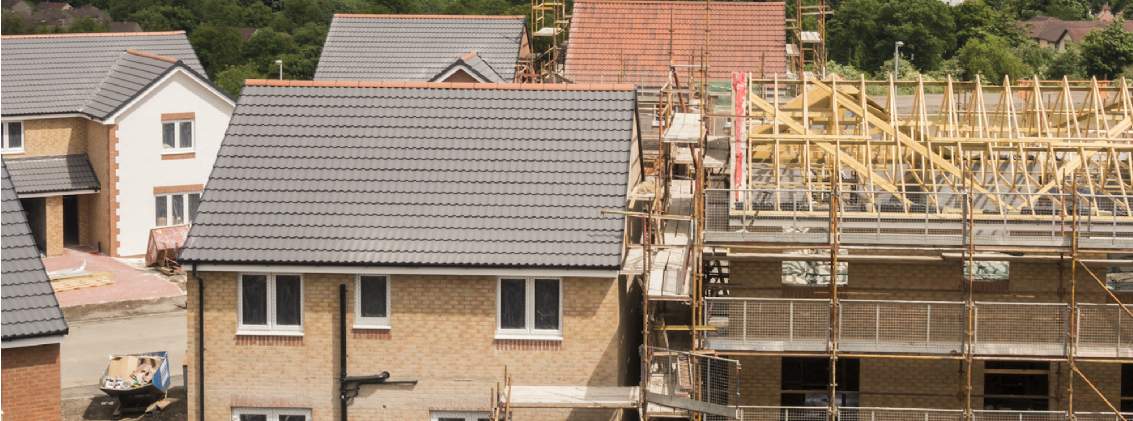
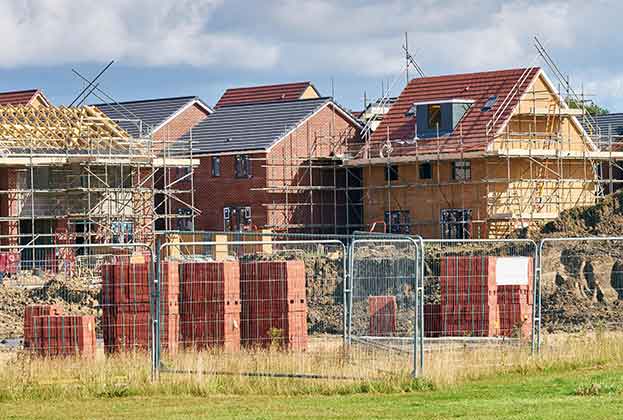
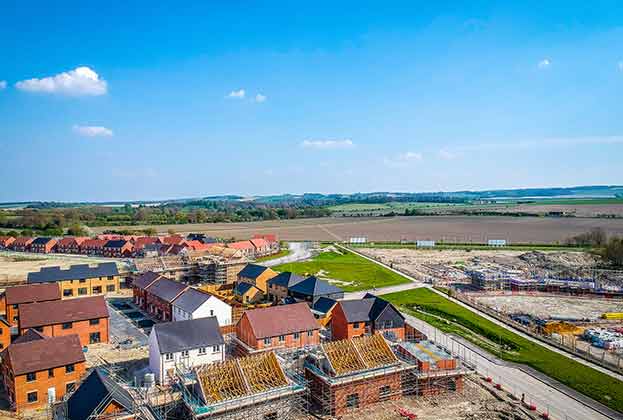
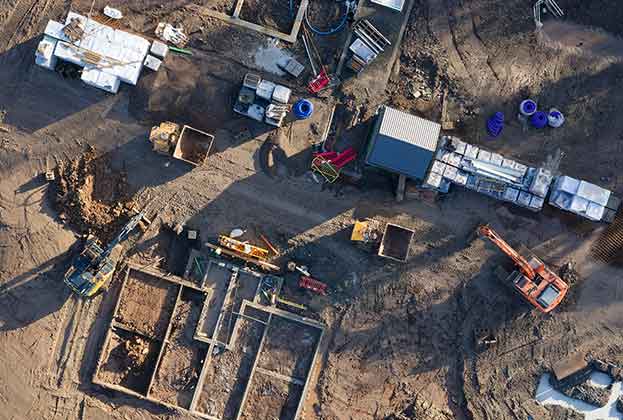
.jpg)
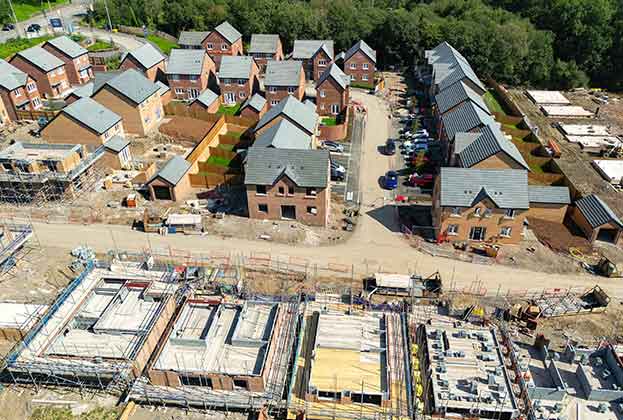

.jpg)
.jpg)

.jpg)